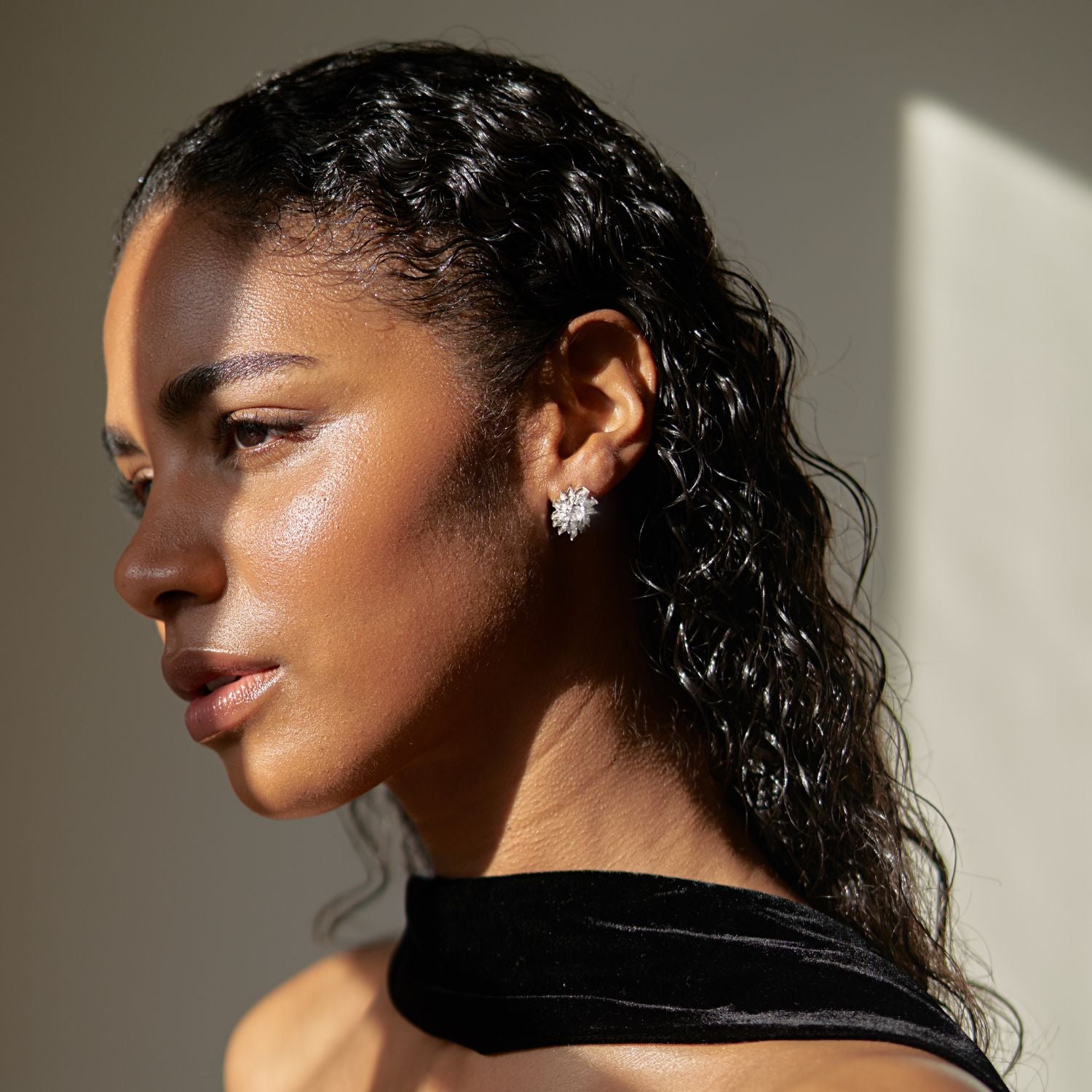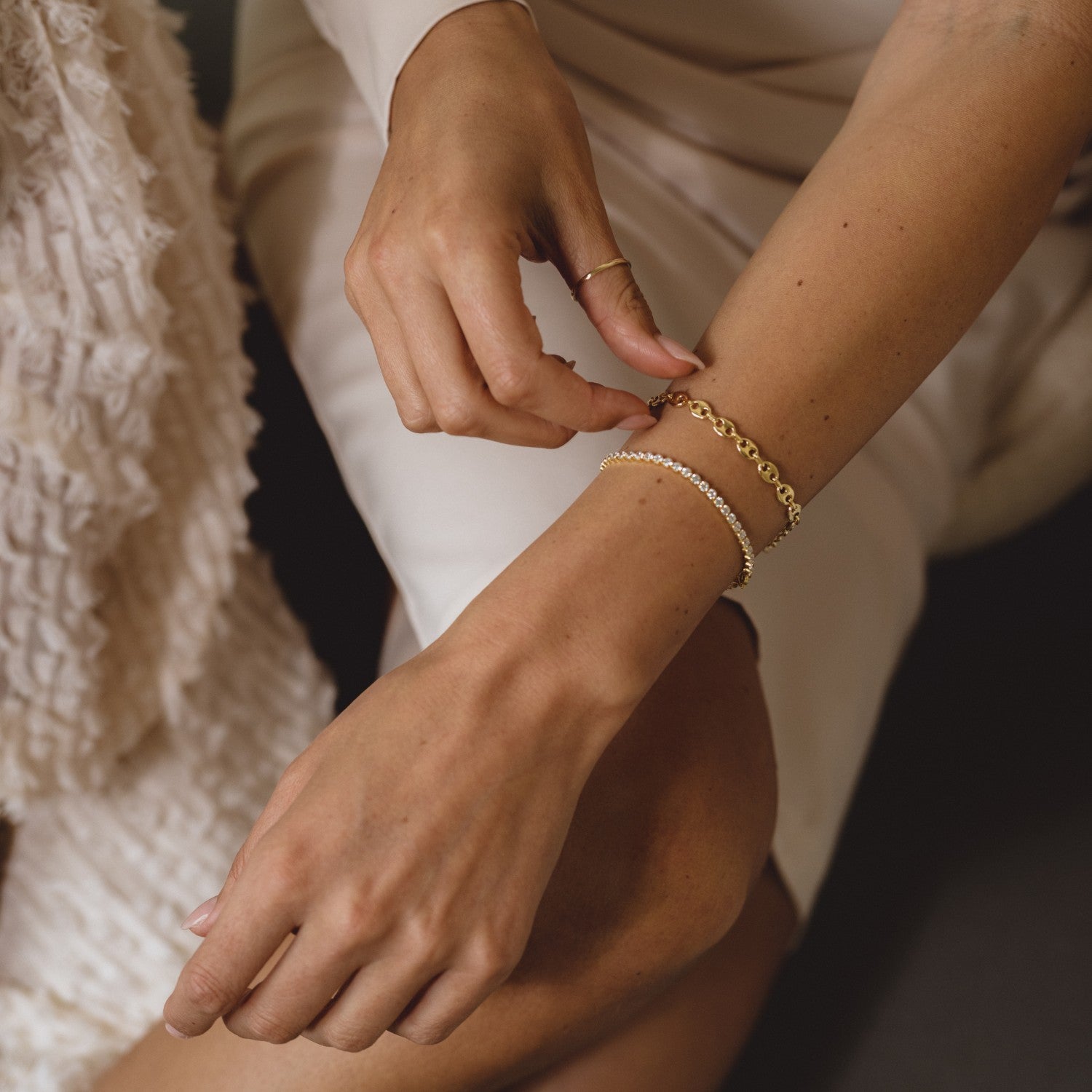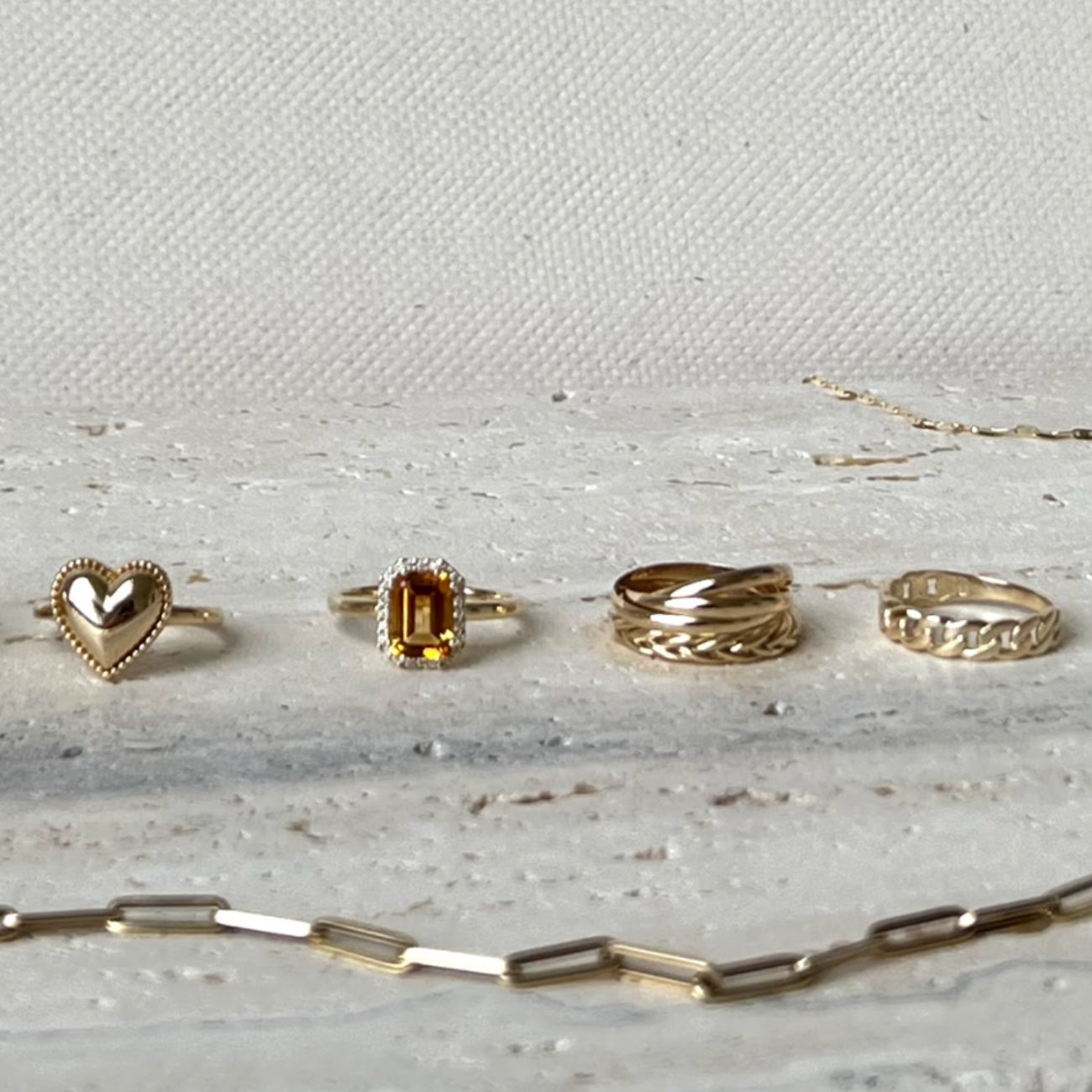Diamonds come in various types, sizes, and cuts. They symbolize love, elegance, timelessness, and purity. Wearing a diamond makes these qualities visible and tangible.
Stones can be cut in different shapes, including various cutting styles for diamonds. Diamonds consist of the hardest material that exists. The most well-known diamond cut is the brilliant cut. The choice of the cut depends on factors such as the characteristics of the rough diamond, the jewelry style, and your personal taste. The different cuts are also applicable to other gemstones, such as sapphire or emerald.
Want to know which diamond suits you? In this article, you will learn about the different types of cuts.
Brilliant Cut
Let's start with brilliant cut diamonds. This particular cut is the most popular and well-known for diamonds. The brilliant cut is round from the top and ends in a point. This shape has 57 to 58 facets, which are the cutting surfaces. The numerous facets and the symmetry of the brilliant cut create beautiful light reflection and refraction. This results in the diamond's dazzling sparkle. Brilliant cut diamonds are commonly found in rings, like the
Oro Diamond Row Ring where the diamonds are arranged in a row. Small brilliants are also seen a lot in earrings, such as our
Diamond Huggie.
Marquise Cut
The marquise cut has an oval shape with pointed ends. The name Marquise refers to Madame de Pompadour, the mistress of French King Louis XV. Legend has it that the king let his goldsmith create a diamond cut that resembled the lips of his mistress. Marquise cut gemstones have a royal touch and a chic, feminine appearance.
Baguette Cut
Baguette diamonds have a rectangular cut with significantly fewer facets than a brilliant cut diamond, namely only 14 surfaces. This shape is often seen as a standalone feature in jewelry, like our
Tiny Birthstone Charms, or in a row with multiple baguette cut diamonds. The baguette cut dates back to the Art Deco era, where various colored gemstones were often combined.
Emerald Cut
The emerald cut resembles the baguette cut but has more rounded corners. Emerald cut diamonds are classic, timeless, and elegant. This cut with polished corners is mostly used in rings, such as our
Emerald Solitaire Diamond Ring. Additionally, the emerald cut is widely applied to multiple gemstones, like in our
Citrine & Diamonds Beauty Ring. The naming of this cut can be confusing since "emerald" also refers to the gemstone emerald, which is often green.
Oval Cut
As the name suggests, this cut has an oval shape. It has 56 to 58 facets, providing a similar brilliance to a brilliant cut diamond. This cut that has been used for centuries, remains a popular choice, especially in rings. The elongated form can visually lengthen your fingers. The oval cut is seen in the classic
Lady Di Ring, where the oval sapphire is surrounded by small, brilliant cut diamonds.
Pear Cut
The pear-shaped cut, also known as teardrop cut, has a droplet shape, combining features of the oval and marquise cut diamonds. One end of the gemstone is round, and the other end has a point, resembling the marquise cut. The pear cut is found in both modern and vintage jewelry. Combining multiple pear cut gemstones gives the jewelry a unique look, like our
Tourmaline Peridot & Diamond Cluster Ring.
Princess Cut
The princess cut has a square shape. Although it is an old cutting style from 1971, it is still highly popular, especially in engagement rings.
Choosing the Right Cut
When choosing a cutting style, it is crucial to go for the one that suits your style best. Diamonds and various cutting styles are timeless and last forever. Whatever you choose, gemstones endure for generations. If you need assistance in finding a jewel with a diamond or gemstone in a specific cut, feel free to
contact us. We are more than happy to help you. If you already have your eye on a particular jewel but would like to try it on,
schedule an appointment at our showroom, where we could provide styling advice.






